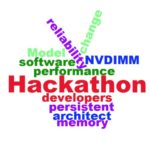It’s now less than three weeks for the next SNIA Persistent Memory Hackathon and Workshop. Our next workshop will be held in conjunction with the 10th Annual Non-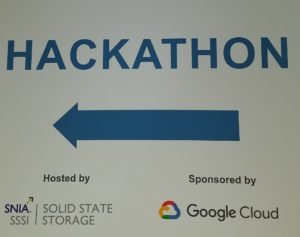 Volatile Memory Workshop (http://nvmw.ucsd.edu/) at the University of California, San Diego on Sunday, March 10th from 2:00pm to 5:30pm.
Volatile Memory Workshop (http://nvmw.ucsd.edu/) at the University of California, San Diego on Sunday, March 10th from 2:00pm to 5:30pm.
The Hackathon at NVMW19 provides software developers with an understanding of the different tiers and modes of persistent memory, and gives an overview of the standard software libraries that are available to access persistent memory. Attendees will have access to system configured with persistent memory, software libraries, and sample source code. A variety of mentors will be available to provide tutorials and guide participants in the development of code. Learn more here.
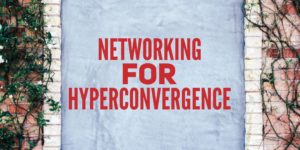 Hyperconverged infrastructures (also known as “HCI”) are designed to be easy to set up and manage. All you need to do is add networking. In practice, the “add networking” part has been more difficult than most anticipated. That’s why the SNIA Networking Storage Forum (NSF) hosted a live webcast “
Hyperconverged infrastructures (also known as “HCI”) are designed to be easy to set up and manage. All you need to do is add networking. In practice, the “add networking” part has been more difficult than most anticipated. That’s why the SNIA Networking Storage Forum (NSF) hosted a live webcast “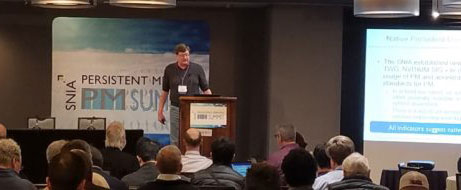 Leave it to Rob Peglar, SNIA Board Member and the MC of SNIA’s 7th annual
Leave it to Rob Peglar, SNIA Board Member and the MC of SNIA’s 7th annual 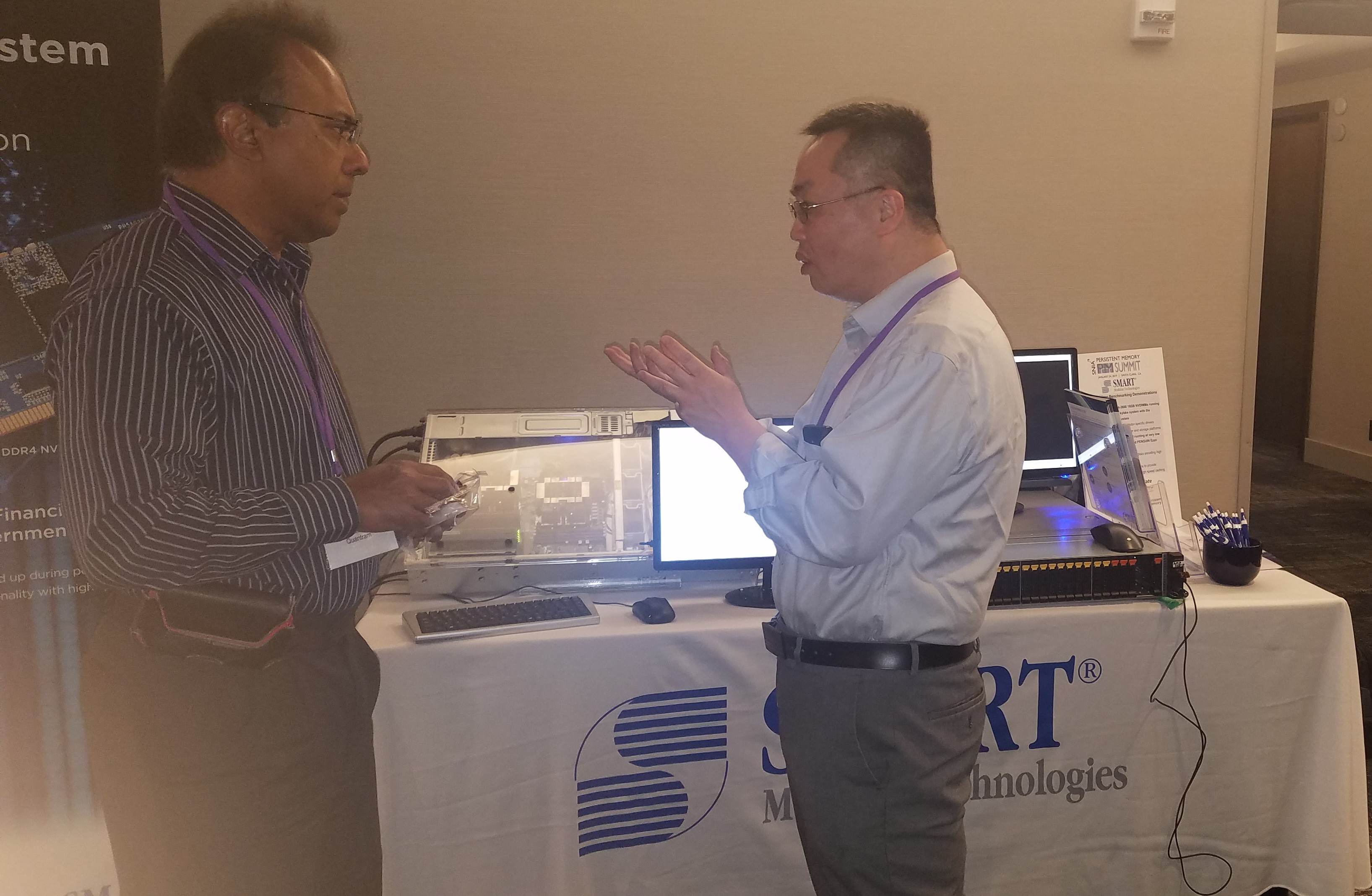

 SNIA Technical Council Co-Chair, on 2018 highlights and 2019 plans to educate and support this important technical community.
SNIA Technical Council Co-Chair, on 2018 highlights and 2019 plans to educate and support this important technical community.